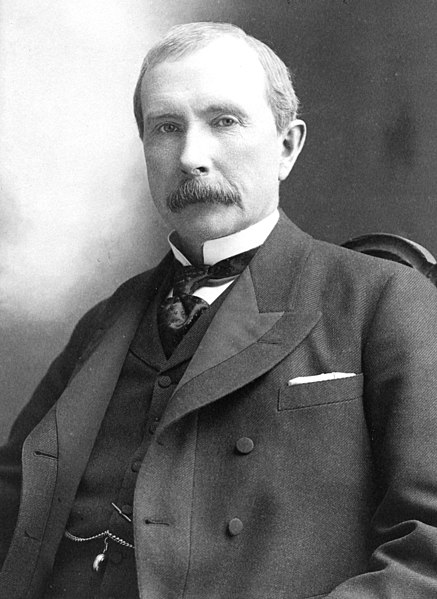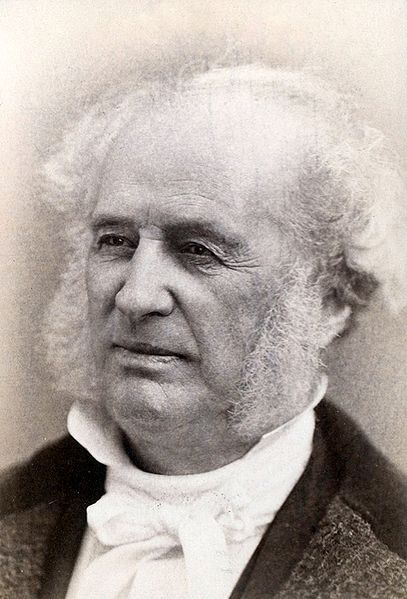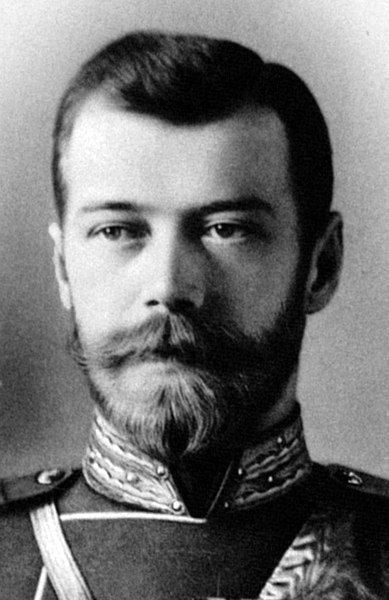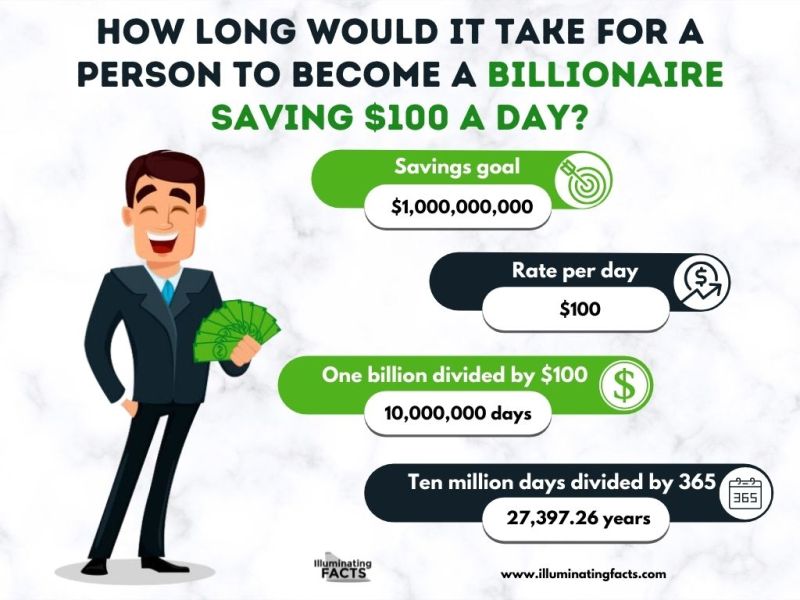Introduction
During the 1800s, some of history’s wealthiest individuals rose to fame and built great fortunes through industries like oil, steel, shipping, and real estate. Since money was so hidden at the period, it’s difficult to pinpoint exact figures, although estimations of some of these people’s peak net worth have been made. They include Andrew Carnegie, whose fortune in the steel business was estimated to be worth around $372 billion in today’s money in 1913, Cornelius Vanderbilt, the world’s first billionaire, and John D. Rockefeller, a shipping and railroad billionaire with an estimated net worth of over $185 billion. As the first billionaire in history, John D. Rockefeller.
Other well-known individuals include Tsar Nicholas II of Russia, whose luxurious lifestyle resulted in an estimated net worth of $300 billion, and John Jacob Astor III, a real estate developer, whose peak net worth was roughly $121 billion in today’s dollars. Regardless of the various estimations, it is certain that these people were among the wealthiest ever, with fortunes that still have an effect today.
Visualizing the number one billion can assist us in comprehending the enormous wealth of those who were among the richest persons of the 1800s like for those mentioned.
Richest people in the 1800s
It is difficult to identify who the wealthiest people were in the 1800s because wealth was typically maintained carefully and not publicly known. However, historical information and forecasts suggest that the following individuals were among the wealthiest at the time:
John D. Rockefeller
John D. Rockefeller, who is frequently referred to as the richest American of all time, was one of the wealthiest people of the 1800s. At the height of his riches, his net worth was estimated to be over $900 million, which, after accounting for inflation, corresponds to around $340 billion in today’s money.
After accumulating riches in the oil industry, Rockefeller founded Standard Oil in 1870, starting one of the most prosperous companies in history. At the start of the 20th century, Rockefeller’s wealth made up around 2% of the US economy.
To put Rockefeller’s fortune into perspective, his estimated net worth at the time of his death in 1937 was over $1.5 billion, which is equivalent to almost $26.5 billion in modern currency. He continues to be among the richest people in history, even after accounting for inflation.
Andrew Carnegie
At the height of his wealth, Andrew Carnegie’s net worth was estimated to be over $372 billion in today’s currencies, making him one of the wealthiest people in the 1800s. By developing the Carnegie Steel Company, which grew to be one of the biggest steel producers in the world, Carnegie made his wealth in the steel sector.
Carnegie’s net worth was estimated to be around $475 million at the time of his death in 1919, which is equivalent to over $6.7 billion in today’s money. Although his wealth peaked in the late 19th century, he had already started donating a large portion of it to charitable causes by the early 1900s, including the creation of more than 2,500 public libraries around the world.
After accounting for inflation, Carnegie is still among the richest people in history, and his charitable contributions had a big influence on public services and education all over the world.
Cornelius Vanderbilt
During the 1800s, Cornelius Vanderbilt was one of the richest people in the world. At the peak of his success, his net worth was apparently approximately $185 billion after inflation. Vanderbilt earned a fortune in the shipping and railroad industries by constructing the New York and Harlem Railroad and expanding his railroad empire to become one of the top railroad operators in the country.
At the time of his passing in 1877, Vanderbilt’s estate was estimated to be worth over $100 million, which, after accounting for inflation, translates to roughly $2.4 billion today. After Vanderbilt passed away, his children carried on his legacy by expanding on his railroad and shipping operations and receiving an important portion of his riches.
During the 19th century, Vanderbilt’s wealth and business expertise helped to shape the social and economic landscape of the United States. His name is still attached to many recognizable structures and organizations, including Vanderbilt University in Nashville, Tennessee.
Tsar Nicholas II of Russia
Although Tsar Nicholas II of Russia enjoyed considerable wealth in the late 1800s and early 1900s, he was not among the world’s wealthiest individuals at the time. Despite being one of the richest families in the world, it is impossible to determine the Russian royal family’s net worth in modern dollars because their money was primarily invested in difficult-to-value items like real estate and pieces of art.
However, it is well known that the Russian royal family held substantial holdings in businesses like mining and forestry in addition to vast estates and palaces. Although it is difficult to confirm, some estimates claim that the family’s net worth may have been in the billions of dollars in today’s money.
It is also important to remember that after the 1917 Russian Revolution, much of the royal family’s wealth was nationalized. The Soviet Union subsequently took much of the family’s possessions, including the renowned Fabergé eggs and other priceless art collections.
John Jacob Astor III
In spite of being wealthy, John Jacob Astor II was not the richest man in the world in the 1800s. Astor acquired his fortune through real estate investing and accumulated substantial real estate holdings in the city of New York. When he passed away in 1890, his estate was estimated to be worth about $87 million, which, after accounting for inflation, is roughly equivalent to $2.5 billion in today’s money.
Although this is unquestionably an impressive amount of money, people in the 1800s had even more money. For instance, John D. Rockefeller’s estimated net worth at the height of his wealth was over $900 million, or around $340 billion in today’s money. In today’s currencies, after inflation, Andrew Carnegie’s net worth is thought to be roughly $372 billion.
The 19th-century economic and social landscape of New York City was undoubtedly significantly influenced by Astor’s real estate investments and business operations, and the name of the man is still connected to many famous structures and landmarks in the city.
Conclusion
Several rich people who acquired their fortunes in industries like steel, railroads, and real estate rose to prominence in the 1800s. Although there were many wealthy people in this era, John D. Rockefeller, Andrew Carnegie, Cornelius Vanderbilt, Tsar Nicholas II, and John Jacob Astor II are among the most well-known and influential people whose influence remains apparent today.







